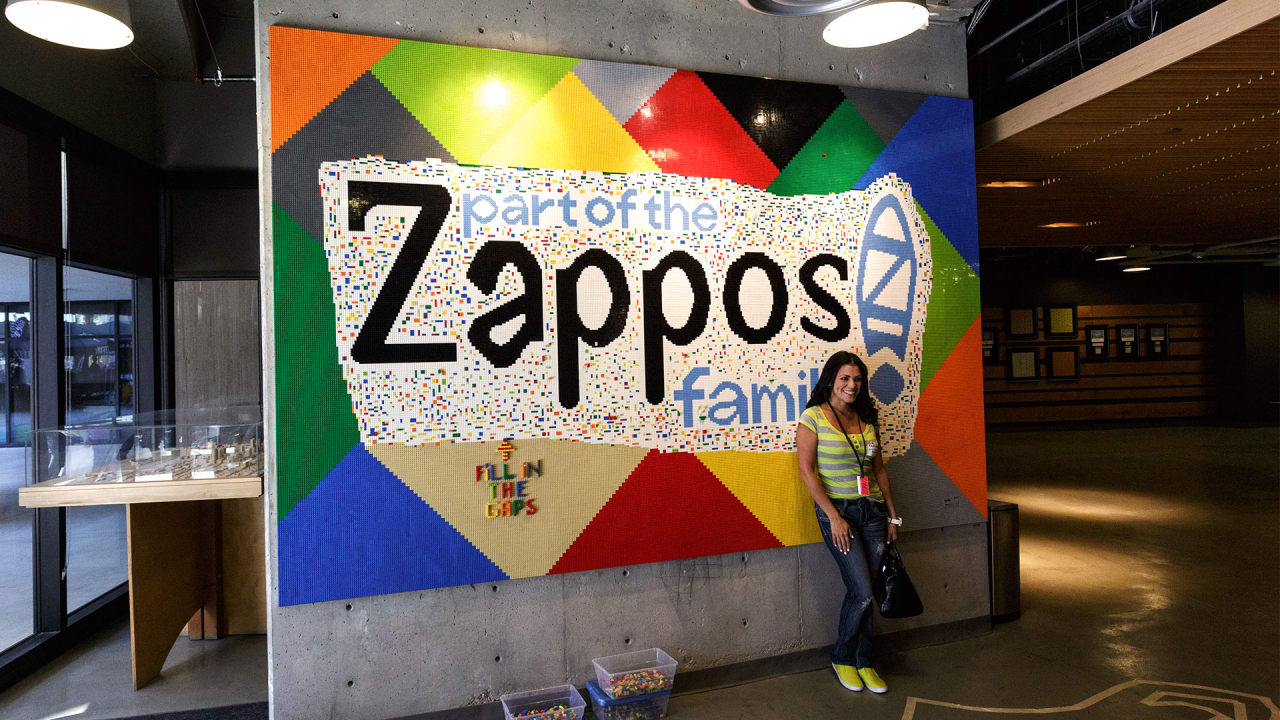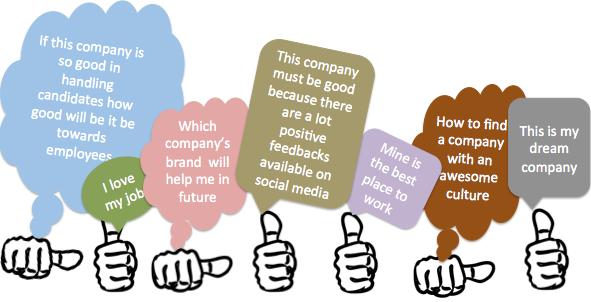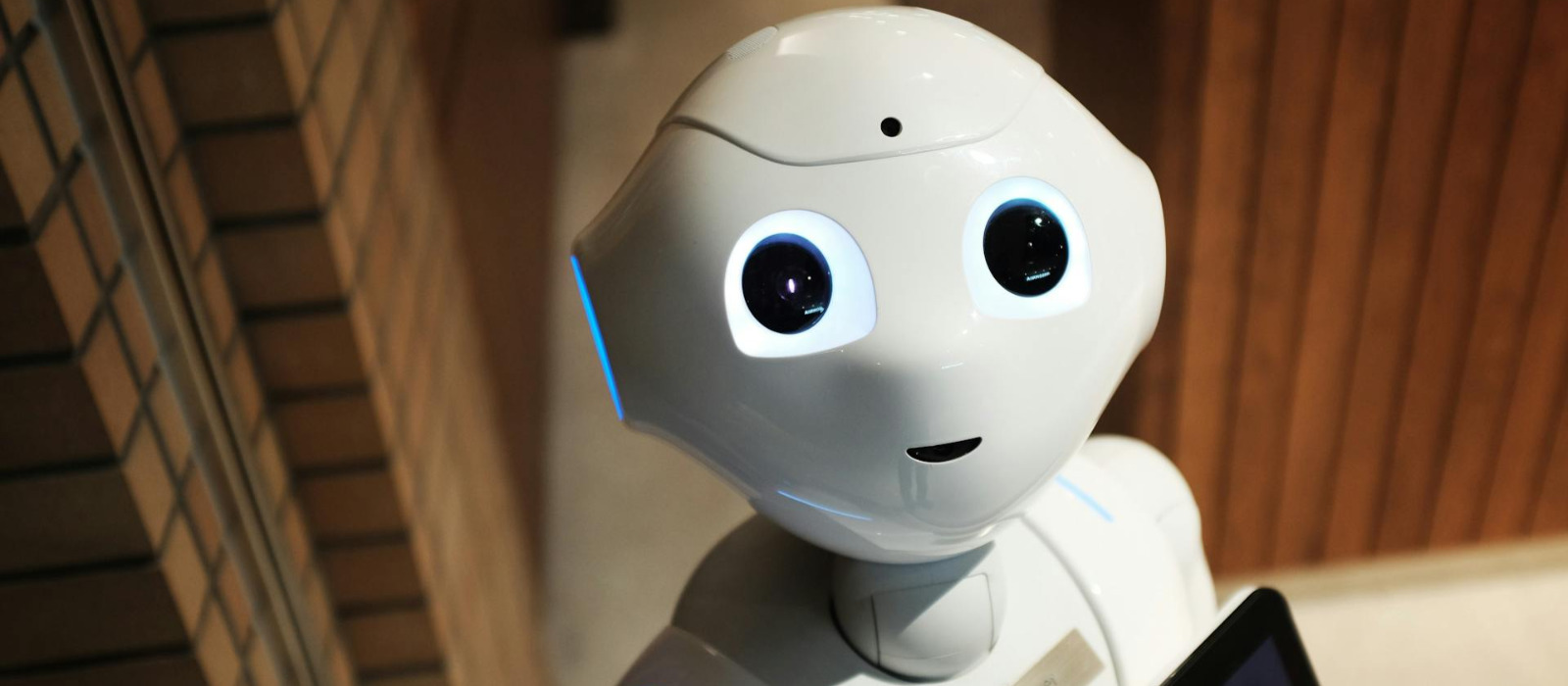Human Resources doesn't easily come to the mind when you talk about branding. Instead, we think about sleek advertisements, campaigns, and instantly figure out logos that assure you value, quality and personality. Branding is no longer exclusive to the marketing department. HR professionals are also responsible in their roles as internal brand ambassadors. Let's have a look at five roles of HR.
1. Reward Programs and Communication
Benefits provision is one of the largest business costs for a majority of organizations. HR professionals must keep the employees engaged in winning rewards and having a proper communication strategy. That's when secure employee communication and branding become key. It's important to reach staff through various communication channels- email, face-to-face meetings, department meetings, text messages,or on conference video calls. Employees who feel their companies provide com
 petitive packages are likely to share that opinion with others, is great for your brand. Several innovations around Employee Retention also play a vital role.
petitive packages are likely to share that opinion with others, is great for your brand. Several innovations around Employee Retention also play a vital role. For example, Zappos, an online shoe and clothing shop aims to serve the customers at their best. Apart from the well designed visuals and ad campaigns for brand building, they also focus on making the retail experience as amazing as possible. Thus by offering free shipping, and free returns, they deliver the fine class of customer service.
2. Onboarding
A first impression of the company on potential employees, goes a long way in building your brand.The same is true with employees. During the first few weeks of onboarding a new job it is imperative to exceed expectations.For example- employees spend a substantial amount of time engaged in new hire and benefits inducton related to the organization during their first week of work. This is particularly true when procedures are inconsistent with the organization's approach to other aspects of the joining process. A dissociated onboarding process leads to unhappy hires. Even Boomerang employees can be worked upon very innovatively. A great example which shows branding is Coca-Cola. A Coca-cola executive says, “If Coca-Cola were to lose all of its production-related assets in a disaster; the company would survive. In contrast, if all consumers were to have a sudden lapse of memory and forget everything related to Coca-Cola, the company would go out of business.”

3. Culture and consistent messaging
Employees want to feel connected with the organization and its culture-whether they work from the headquarters or another branch. Nowadays, the challenge faced by many businesses, particularly by multinational organizations is creating a coordinated global approach to messaging and communication. The branding, messaging, and employee journey must remain consistent and help in building a global community. This is achieved only through branded rewards and communication programs with the same look and feel across all locations.
4. Technology
The technology an employee uses at work affects his
 perception of the employer's brand. Robust technology is easy to use and makes an organization innovative. By engaging smartphones and tablet-friendly portals that employees can access from anywhere, anytime, can help in interaction, employee participation and engagement with your brand. The technologies can identify employee status updates such as address changes,new job titles, their rankings and much more. They may receive automatically generated messages such as alerts, greetings, and aid in benefits selection.The role of HR in branding will continue to be important in the future. Research has shown that an engaged, productive and inspired HR unit can positively impact your brand as well as marketing.
perception of the employer's brand. Robust technology is easy to use and makes an organization innovative. By engaging smartphones and tablet-friendly portals that employees can access from anywhere, anytime, can help in interaction, employee participation and engagement with your brand. The technologies can identify employee status updates such as address changes,new job titles, their rankings and much more. They may receive automatically generated messages such as alerts, greetings, and aid in benefits selection.The role of HR in branding will continue to be important in the future. Research has shown that an engaged, productive and inspired HR unit can positively impact your brand as well as marketing.
Brand is rational and emotional because it is hard to sell trust directly, you must have a container, i.e. brand to build the components of trust.
Posted in : Employee Engagement
Views : 35601
Leave a Comment
Hey there !
Author Details
Related Blogs
Popular Tags
Subscribe Now

Related Blogs
More fromEmployee Engagement







